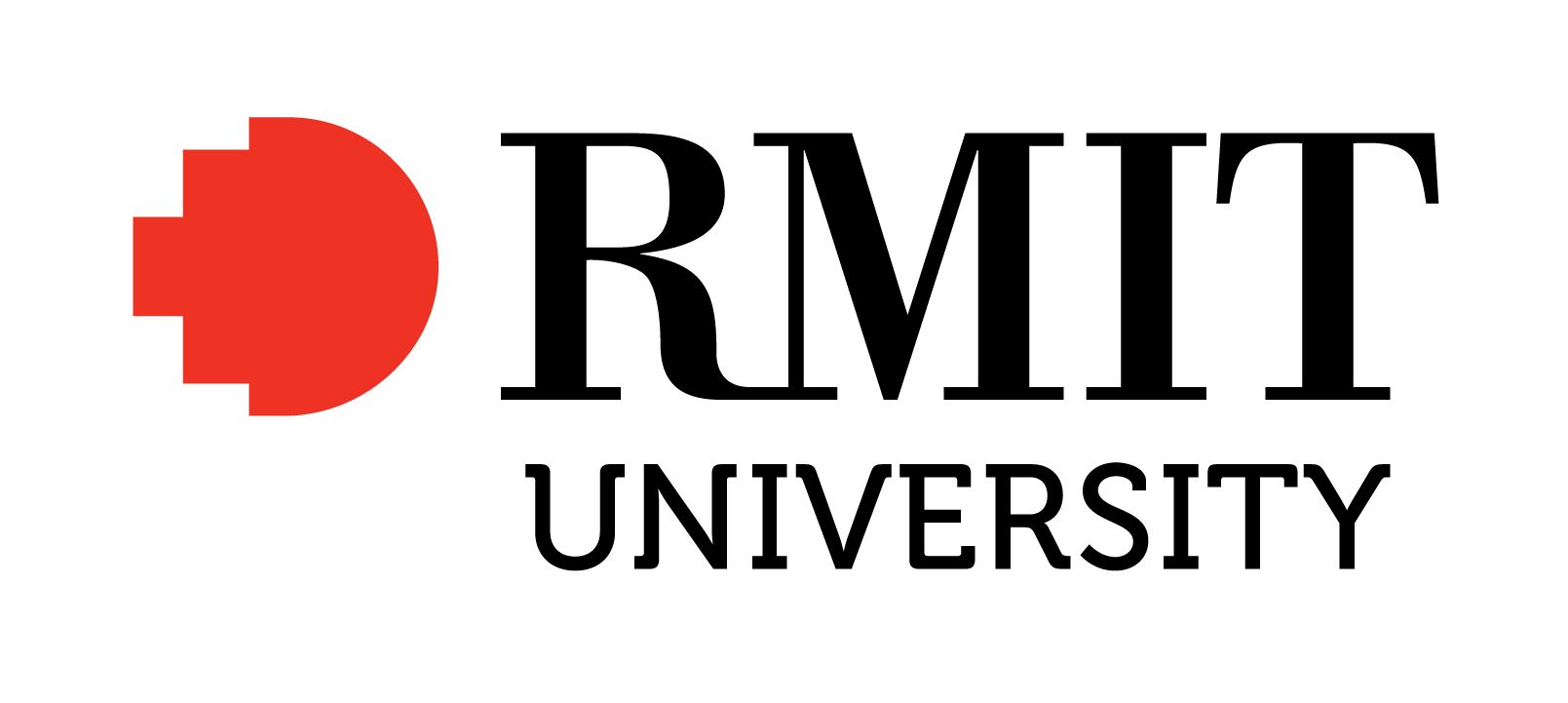Full description
Work researches drawing as kineasthetic; a spatial articulation of movement through drawing. Questions arising from the inclusion of dance into the spectrum of drawing. This enquiry has been substantiated by the recent exhibition at the Museum of Modern Art, where dance has been included into the global vocabulary of Drawing. Online; Exhibition, Museum of Modern Art ( 2010), The Primacy of Drawing (2010), Sol Lewitt: A Retrospective (2000) ; William Forsythe Video: Solo ( 1997) , Improvistaion Technologies, (1999) Inclusion of work into the Curated exhibition for Contemporary Australian Drawings 1, a survey of Australian drawing. including artists, Mike Parr, Godwin Bradbeer, Jenny Watson, John Wolsley and Jon Cattapan. Exhibition was a major component of RMIT University & University of Arts London 'Drawing Out' conference, Storey Hall, RMIT. Special address by Roostein Hopkins Professor of Drawing Stephen Farthing (UK). Artists featured in Metasenta commissioned publication by Dr Janet McKenzie, UK, 'Contemporary Australian Drawino' (forthcoming 2011) This creative work examines particular relationships between colour, visual kineasthetics and choreographed sequences in art, using a range of spatial conventions sourced from the geometric wall frescoes of the 3rd Century Roman Catacombs, Medieval Cathedral Mosaic wall and floor structures, and the 20th/_21st Century wall drawings of Sol Lewitt The research asks; Does movement (gesture/dance), electrotectonics, light and its sequencing reflect a more lateral field of drawing in the 21 st century? This question forms part of a larger research question addressing categorisation and transdisciplarity in contemporary drawing, which was addressed at the 2010 'Drawing Out' Conference. The work installs flexible liQhtinQ includinQ liQht seauencinq onto the walls and connecting space of the RMIT Gallery.Issued: 2010-01-01
Created: 2024-10-30
Subjects
User Contributed Tags
Login to tag this record with meaningful keywords to make it easier to discover
Identifiers
- DOI : 10.25439/RMT.27344304.V1



